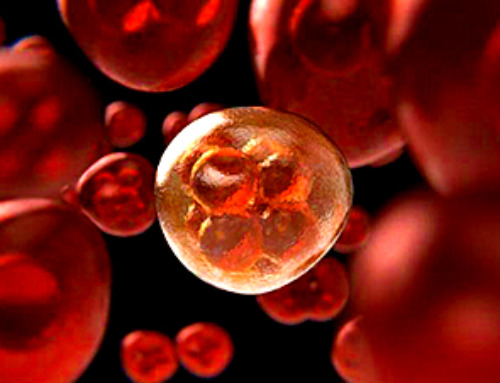From the article at The Scientist:
Picture a hospital room: white walls, stainless steel IV poles and bedrails, scratchy bedsheets. For more than 100 years, this has been the standard hospital environment, and for most of that time, isolating patients in hygienic rooms, instead of en masse in group clinics or sanatoria, has helped curb the spread of infections that once killed nearly half of soldiers on the battlefield and more than a third of newborn infants. But with the recent rise in antibiotic-resistant pathogens, this standard is no longer sustainable. In 2011, the most recent year data are available from the US Centers for Disease Control and Prevention (CDC), some 720,000 patients acquired an infection while being treated in a health care facility; more than 75,000 of those people died.
“Imagine one full jumbo jet crashed each day, killing everyone on board,” says Michael Schmidt, vice chairman of microbiology and immunology at the Medical University of South Carolina (MUSC). “This is precisely the number of people that die each day in the U.S. from a hospital-associated infection.”






